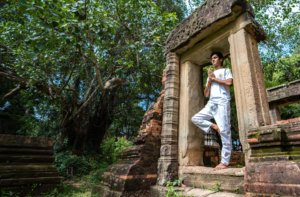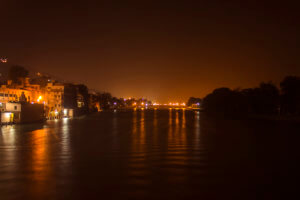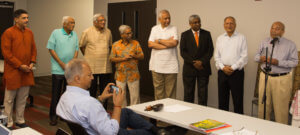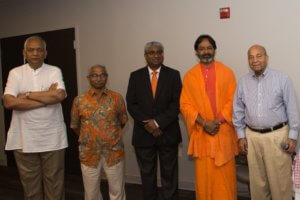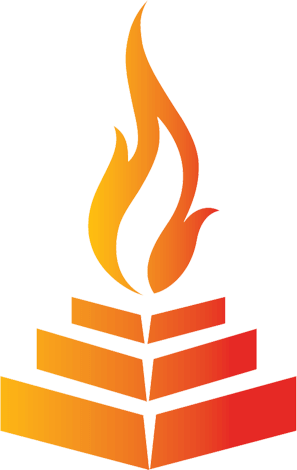Long after Prime Minister Narendra Modi’s time, when historians try to reconstruct what happened in India during his time, it will be difficult to fully chronicle the list of accomplishments, the impact, the difference, the development and progress that has occurred during this time. Few will be able to fathom the range and depth of the outcomes and impact that he has been able to bring into being for his people. In a political career studded with an uncountable number of highlights, Operation Sindoor will be one that will be hard to match. He has been the most popular leader in the world for more than five years running, as per the polls taken by Morning Consult, a firm that frequently polls the people of many democracies around the world. Not without reason. It is worth remembering Chanakya’s aphorism on what makes a truly great King (a head of a country).
In the happiness of his subjects lies the happiness of the King (Head of the State) and in what is beneficial to the subjects his own benefit. What is dear to himself is not beneficial to the king, but what is dear to the subjects is beneficial to him. (Kautilya’s Arthashāstra, I, 19, 34)
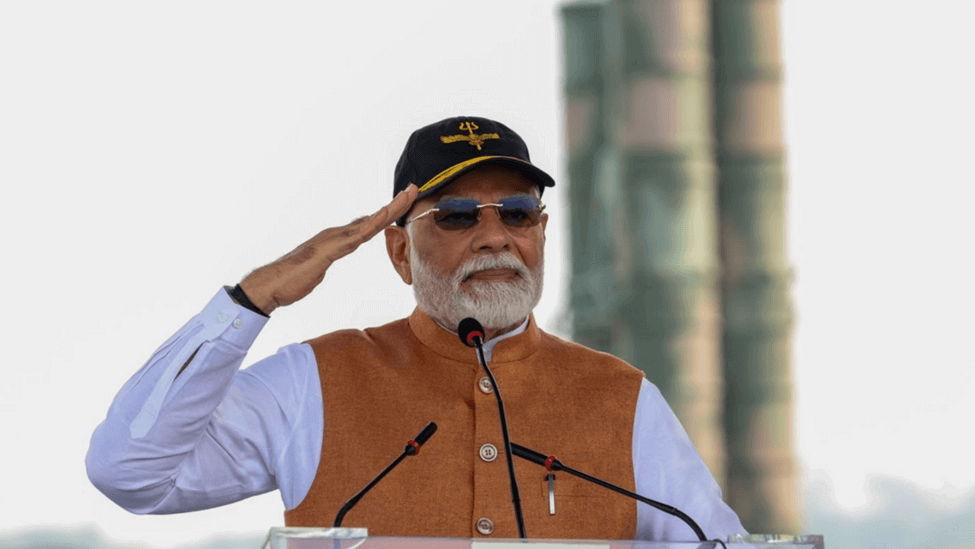
Prime Minister Modi saluting the troops in Udhampur, May 13, 2025
Truth Behind Global Terrorism and India’s Response via Operation Sindoor
Prime Minister Modi exemplifies Chanakya’s conception of a leader like no other in the world today . Far too often, terrorism has struck down families, devastated and shattered people’s lives, altering the course of their destiny, for no reason other than to make some ideological point, and to strike fear and terror in the hearts of ordinary and common people. While it is true that the majority of Muslims are not terrorists, it is also true that most terrorists are Muslims. That Pakistan is the global leader in the manufacturing of terror, is also undeniable; but to state these obvious truths today is to invite the wrath of the Islamophobia brigade that serves as a global watchdog. People who call themselves leftists, liberals, and other convenient labels, are far too guilty of white-washing terrorism and equalizing the perpetrator and the victim as somehow responsible for the violence in equal measure. Our hearts and prayers are with the families who were irreparably shattered by these acts of violence in Pahalgam, Kashmir. Retaliation and retribution will not heal their wounds. Rebuilding their lives will take years. Some of them may never fully recover from the psychological impact of these barbaric attacks.
Operation Sindoor, aptly named, was long overdue. The Mumbai terror attacks of 26/11, 2008, which the world watched with horror for several days went largely without retribution, not because India did not have the capacity to retaliate, but because the ruling party of that time was afraid of escalation with a nuclear armed enemy. These frequent acts of terrorism on India, backed and bolstered by the threat of nuclear escalation, have been the calling card of Pakistan for decades now. Prime Minister Narendra Modi has shattered that barrier. He has displayed an extraordinary level of balance between aggression and restraint. So have the armed forces of Bharat. Adharma requires a response from Dharma—this is the lesson of the Ramayana and the Mahabharata. Ahimsa is not always the answer to Himsa. When one’s mother is being attacked, one does not have a choice of whether to defend, or to engage in pacifism and Ahimsa. So, what then when one’s motherland is attacked? Kshatriya Dharma has its vital place in the life of a nation, though often unappreciated.
Atmanirbhar Bharat: India’s Path to Self-Reliance ‘Even in Defense’
Operation Sindoor did not happen in a vacuum. It was the consequence of decades of investments, research, design, and development. It was made possible by a decade of unprecedented economic growth. It was founded upon careful integration of electronic systems, satellites, radars, guns, missiles, drones, espionage, human intelligence, and devastating fire power. It required in equal measure the ability to defend the homeland, its citizens, cities, military establishments and assets as well as the ability to reach deep into enemy territory and strike with devastating precision. It was made possible through exceptional ground, air and sea force coordination. It has established a new paradigm in war, through drones, missiles, and air defense. It has brought into sharp focus what Prime Minister Narendra Modi meant when he coined the term “Atmanirbhar Bharat,” meaning a self-reliant India. Equipment and capacities that rarely get battle-tested are now proven capabilities. India’s defense manufacturing and exports are going to skyrocket following Operation Sindoor. Bharat, that is India, now has demonstrated a nearly unparalleled capacity in this modern paradigm of war. Prime Minister Modi’s relationships with the armed forces of India are also extraordinary. He has spent every Deepavali since 2014 with the armed forces, distributing sweets, and being with them, even when there was no imminent war. His acknowledgement of the armed forces, in the aftermath of Operation Sindoor, was deeply moving to hear. I cannot say that I have felt as much pride and respect for the Army, Navy and Airforce of India ever in my life. Nor have I felt as proud of a leader of a nation as I do now.
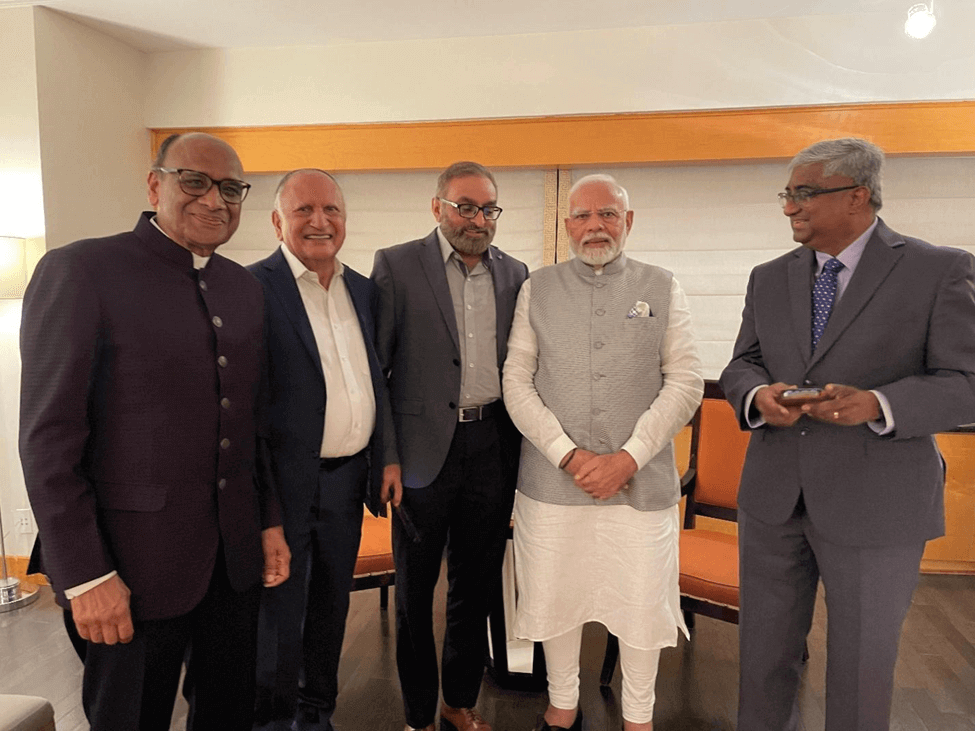
L to R: Shri Sajjan Agarawal, Shri Braham Ratan Aggarval, Dr. Jashvant Patel – HUA Chairman of the Board and Shri Kalyan Viswanathan – HUA President meet PM of India Shri Narendra Modi.
HUA Meets PM Modi
In September of 2024, a small team from the Hindu University of America met the Prime Minister of India, Shri Narendra Modi Ji, in New York City. It was the first time I met him. There were four of us: along with me, Dr. Jashvant Patel, Chairman of the Board of HUA; Shri Braham Ratan Aggarwal, Member of the Board of Overseers of HUA; and Shri Sajjan Agarwal, member of the Board and Chair of the Finance Committee of the Board.
This was the first time I had met a head of state, and I did not quite know what to expect. Surprisingly, he spent about 30 minutes with us. What surprised me even more was his simplicity, and the ease with which he interacted with us. The meeting was warm and friendly, even affectionate. He held my hand several seconds longer than I expected and invited me to take a selfie with him. It felt like a meeting between old friends, not a new acquaintance. I spoke in English, and he replied in Hindi. He asked me if I understood Hindi, and I said yes, I do. We took a few more photographs.
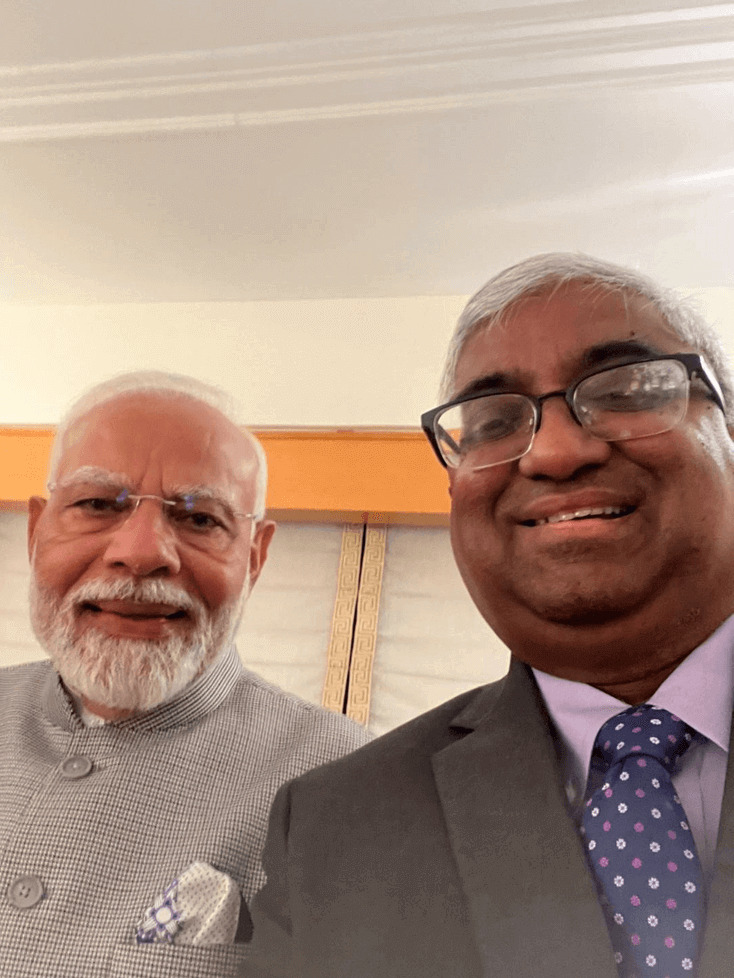
HUA President Shri Kalyan Viswanathan in a selfie with PM Modi
After introductions and pleasantries, we used the opportunity to brief him on the progress that HUA had made over the last five plus years. We spoke about the recent merger of the California College of Ayurveda with the Hindu University of America, and he listened with great interest. I shared the brochures describing the programs offered by HUA, and he took it all in. He listens keenly before he speaks. So, when he responds, he is always appropriate to the occasion, a quality so rare among leaders in this world today. We spoke about the future possibilities for this university. He focused on what he called the two treasures from India – Yoga and Ayurveda. He said that even we Hindus don’t fully appreciate the potential of Yoga and Ayurveda, for the world. He shared a story about the young daughter of an African head of state who was going blind. On his recommendation, she had taken Ayurvedic treatment in Kerala and restored her eyes. He said that she had become a great proponent of Ayurveda.
He spoke of the ‘jhagada’ or fight, in India between the mainstream allopathic doctor community and the Ayurvedic community. He wondered what could happen if the divide between these two communities could be transcended. What potential and possibility could be unlocked if the relationship between the different medicinal systems were to be situated in a framework of collaboration instead of rivalry. Ayurvedic practitioners suffer from a sense of inferiority in India. They are trying to become more like mainstream medical practitioners, he observed. This leads them sometimes to represent Ayurveda as a superior system that has all the answers. He remarked that Ayurveda suffers from a lack of adequate scientific validation. Ayurveda needs authentication. Without this authentication, it is easily dismissed as an ancient tradition not grounded in science. This can be rectified, he said. HUA must take this up in earnest, he suggested. The contemporary scientific validation of Yoga and Ayurveda through rigorous study and research – this is one of the true potentials of Hindu University of America, he said. In India, he said the focus is more on practice and developing practitioners. The research focus is not yet mature. This must be developed in collaboration with the West, where research is much more well developed, he said. It seemed he was giving us a task to do. Setting a direction for us. He said that Indians living in America can make this important contribution. Not just for our sake, but for all humankind.
He inquired about each of our families and wellbeing. He invited us to visit India and see him in India. The Government of India, he offered, will do whatever it can to support HUA’s mission. Outside the hotel suite a big Japanese delegation was waiting to see him next after us. But he seemed in no hurry. He was present with us for the whole half an hour that he spent with us. I was left amazed, most of all by his presence, his attention and keen sense of listening, his humility, and the lack of any of the airs of self-importance and power that we see so often in much less accomplished individuals. I was in the presence of a Rajarishi, I thought. A Yuga-Purusha unlike any we might see. There was great power in him, great confidence, and self-assurance. But it was held in the poise of humble, kind, and compassionate bearing. Bharat is very lucky to have him as its Prime Minister, for as long as he has been. But only 37% of the voters in India vote for the Prime Minister’s party. 63% of them don’t. I shudder to think of what would happen to Bharat, if the other 63% somehow united and came together. They keep trying and failing.
Conclusion: A Leader for the Ages
It is perhaps the most consequential idea in the Arthashāstra: that the ruler must surrender his entire life in service of his people. This is not the renunciation of a Sannyasin, the one who withdraws into an ascetic life far away from the madding crowd. It is a different kind of renunciation, that of Karma Yoga, that prioritizes the happiness and well-being of his people over his own as the first and foremost the first principle of Rāja Dharma. Shri Narendra Modi is the greatest example of such a Karma Yogi, that we can hope to encounter in our lives. And he does it all amid the raging Kurukshetra, of the powerful currents and forces, both domestic and international, that seek to unseat him, vilify him, denigrate him and destroy him on a daily basis. It was a great grace and blessing that I got to meet him in New York City.
